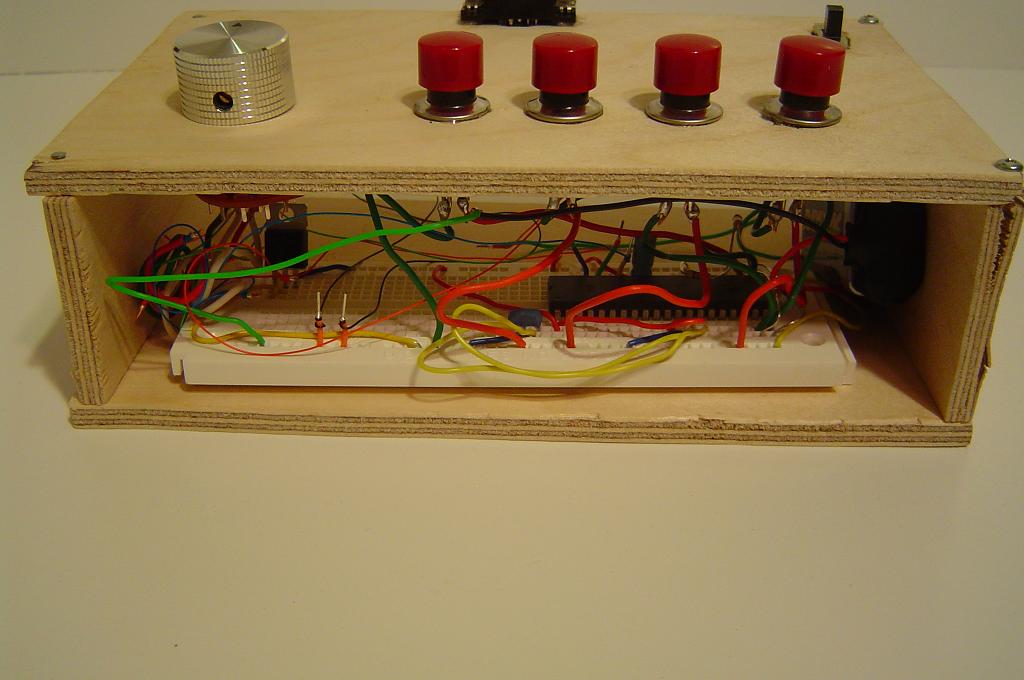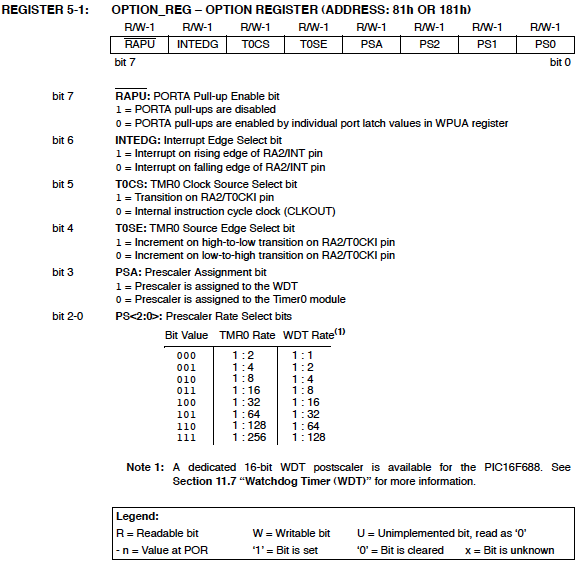VGA display using PIC Micro

VGA stands for Video Graphics Array, which is a widely used analog interface between a computer and monitor that uses a 15-pin plug and socket. The VGA display requires accurate timing signals and synchronization. The goal of this project is to generate VGA signals using a PIC microcontroller to display characters, text and figures on a computer monitor.
It uses a PIC18F452 microcontroller running at 4 MHz external crystal to generate accurate timing signals to drive VGA pins. The software is written in assembly so that timing signals will be more accurate. The author also provides a brief introduction of VGA signals.





